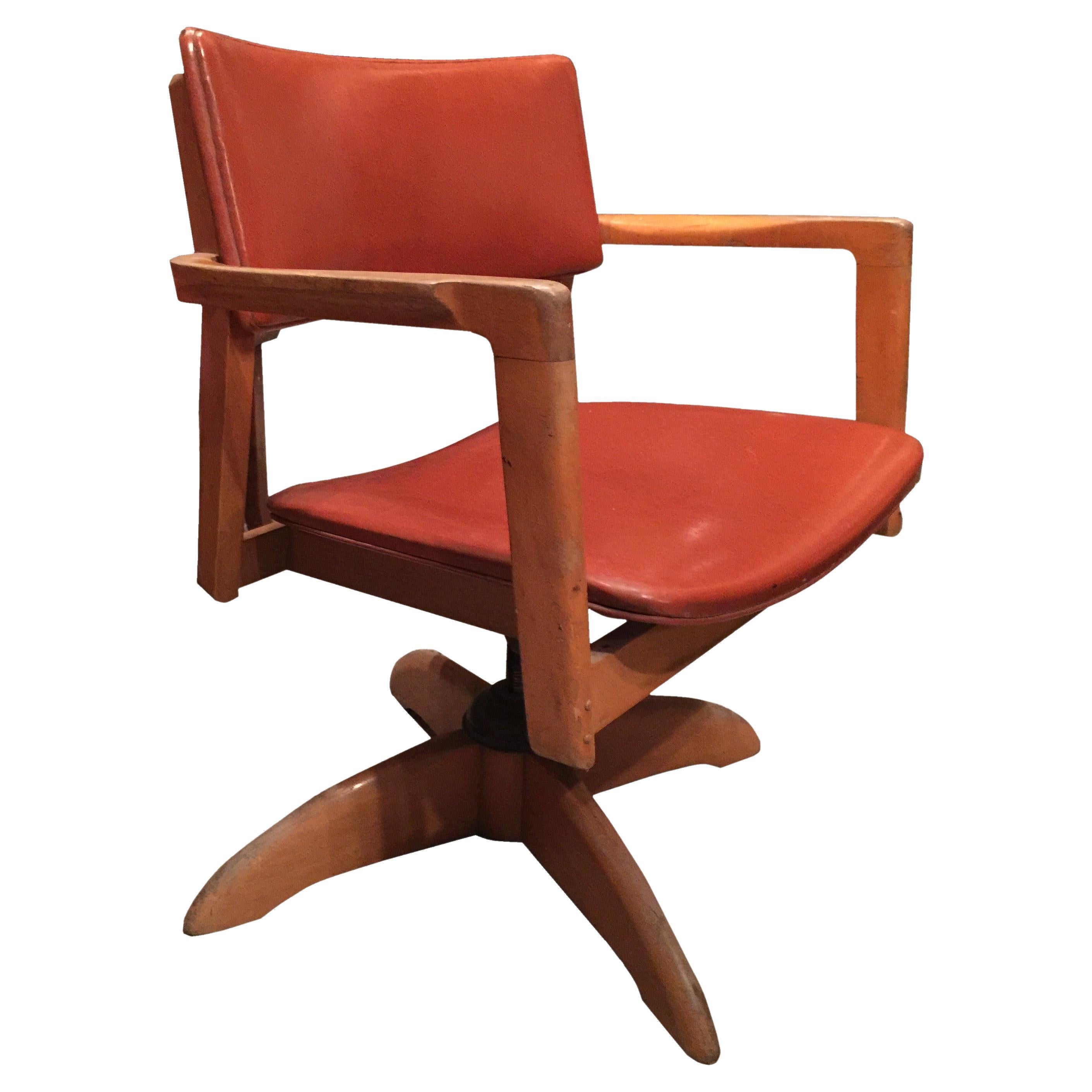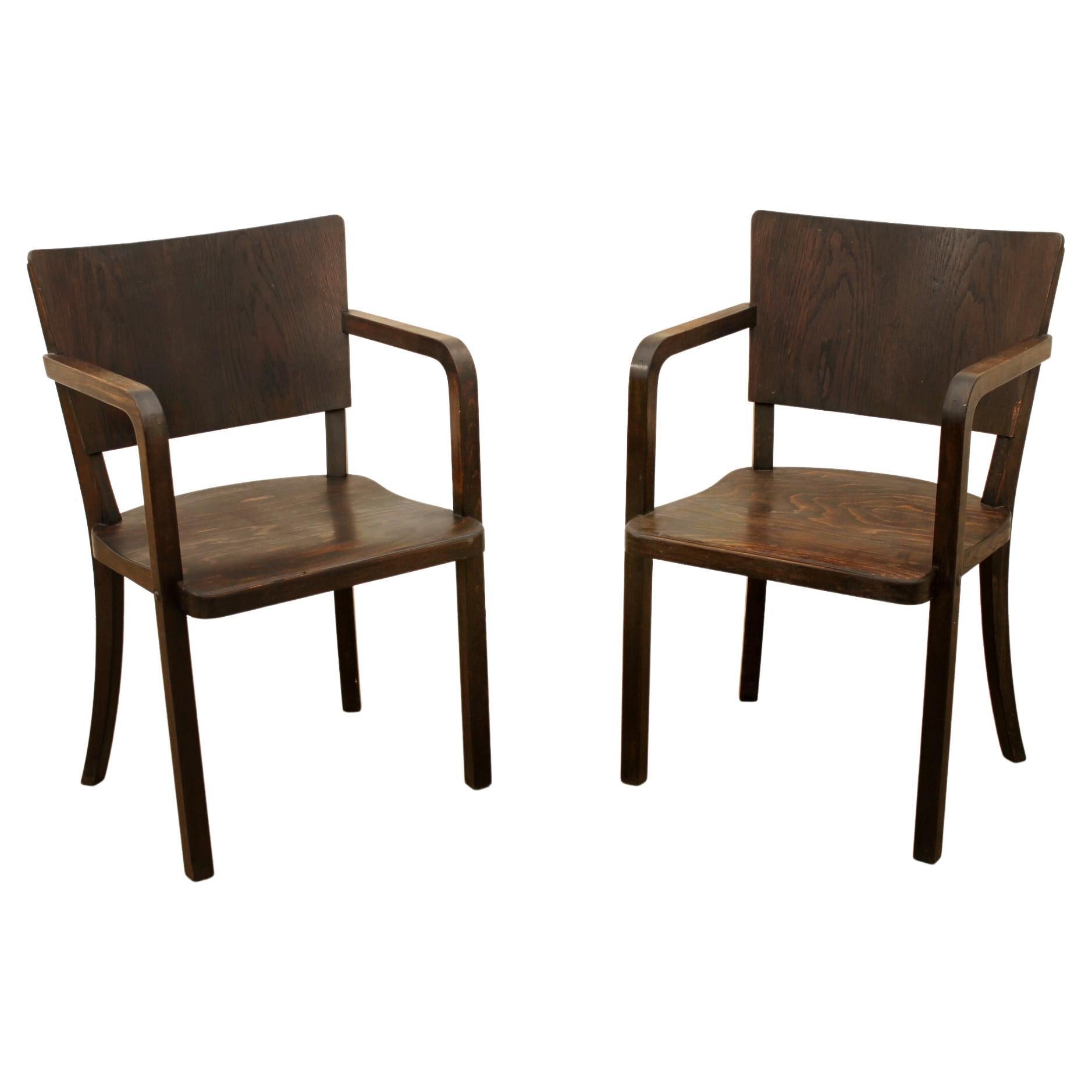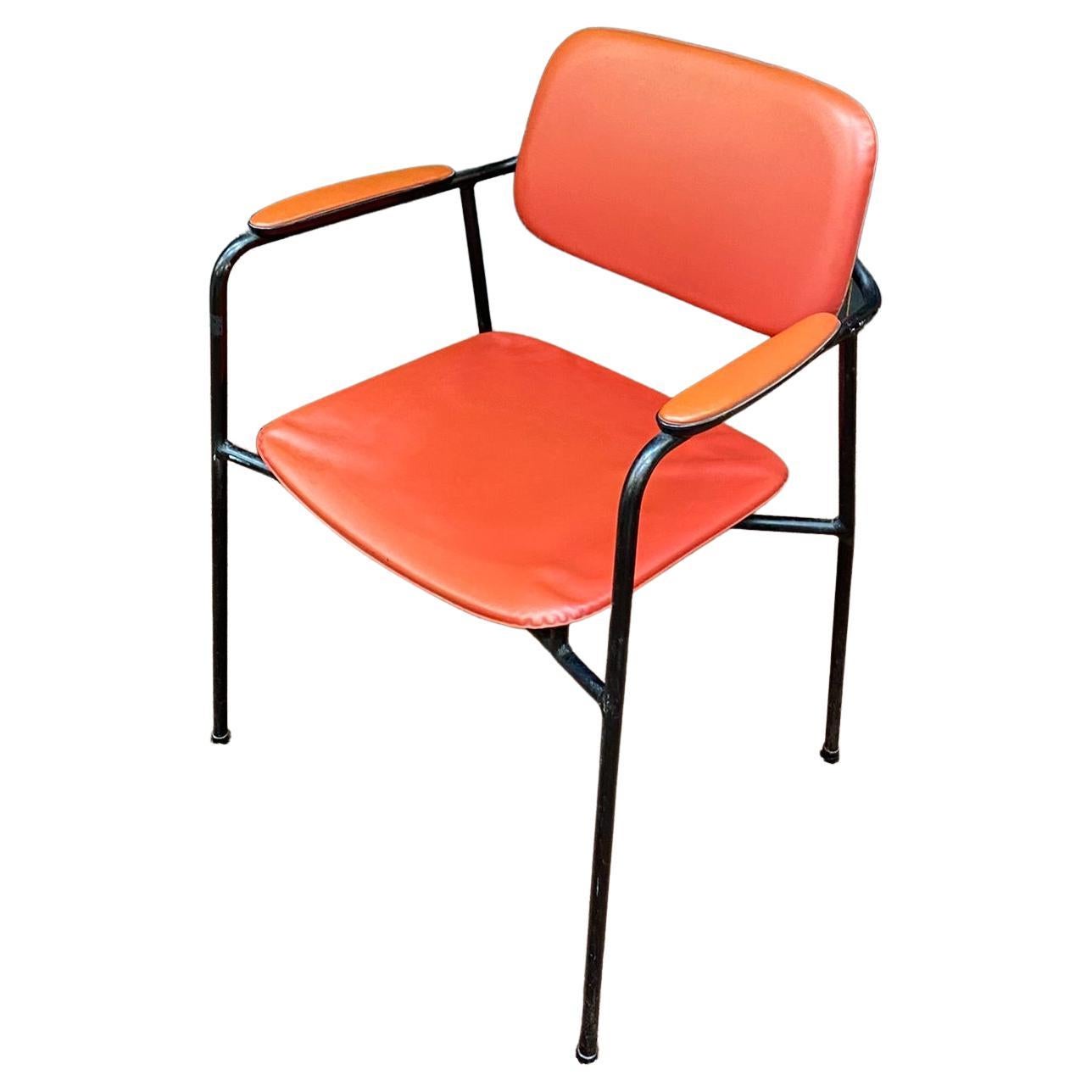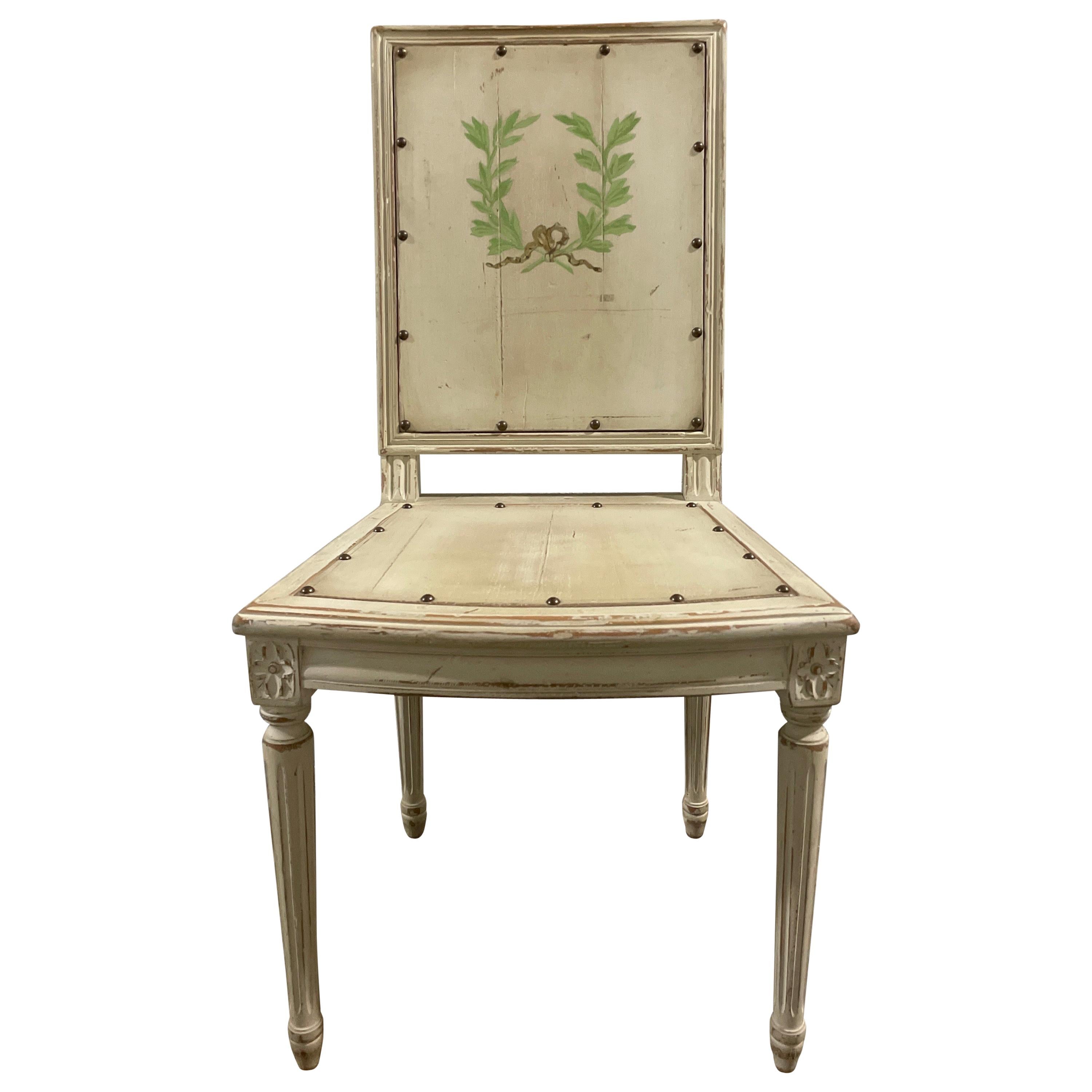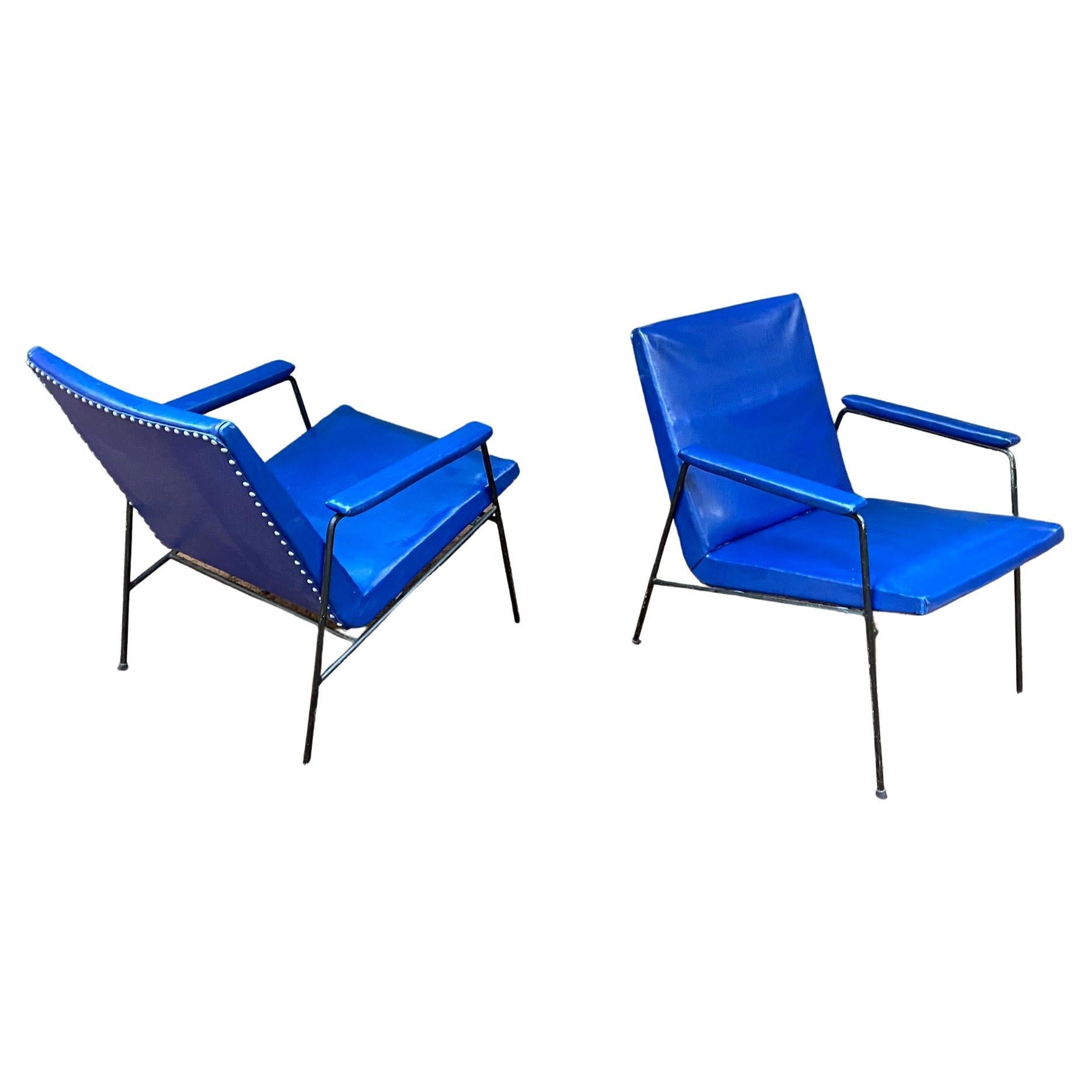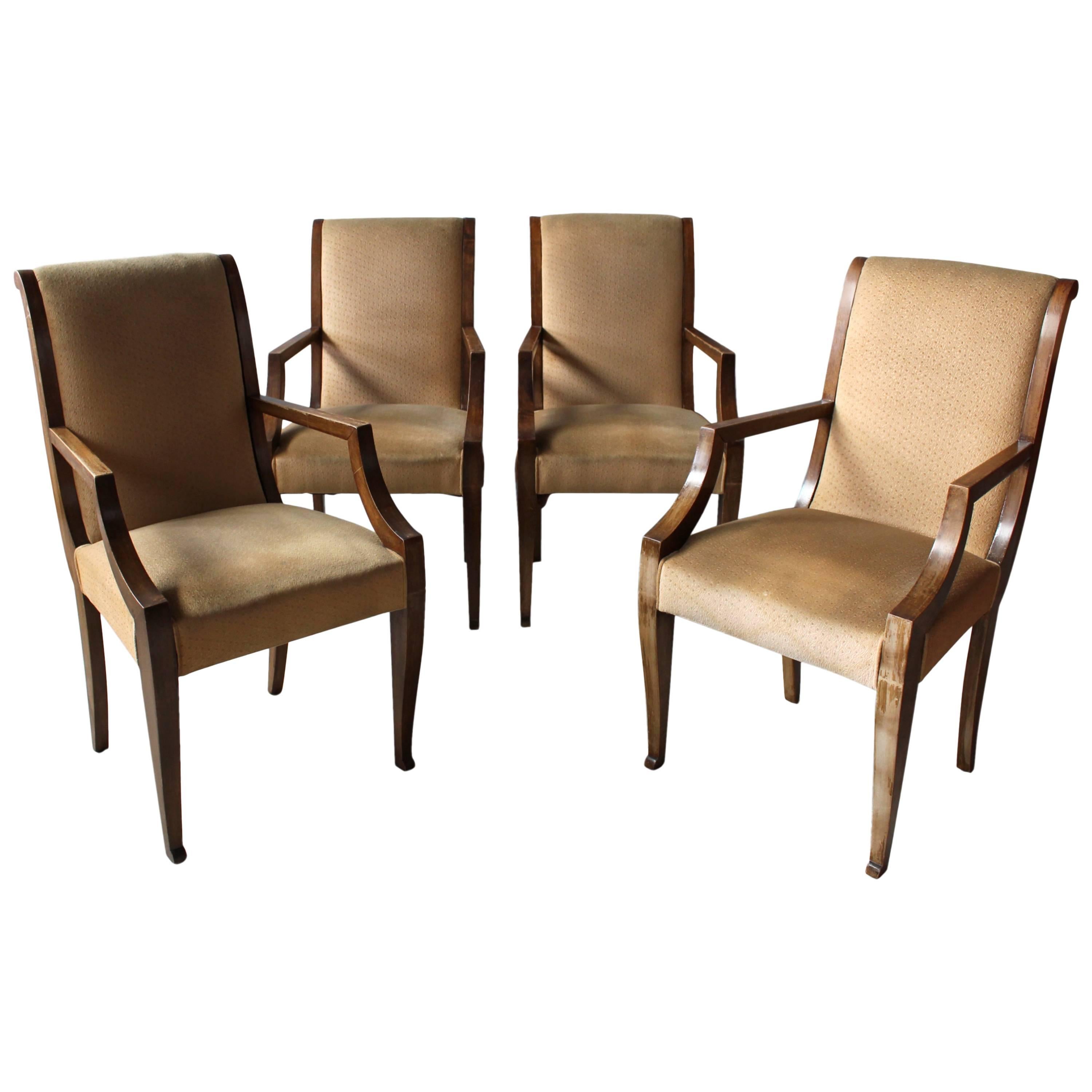Items Similar to Large Neoclassical Desk Armchair, circa 1950
Want more images or videos?
Request additional images or videos from the seller
1 of 8
Large Neoclassical Desk Armchair, circa 1950
About the Item
Large neoclassical desk armchair, circa 1950.
To be revarnished and reupholstered.
- Dimensions:Height: 41.34 in (105 cm)Width: 25.6 in (65 cm)Depth: 23.63 in (60 cm)Seat Height: 19.69 in (50 cm)
- Style:Neoclassical (Of the Period)
- Materials and Techniques:
- Place of Origin:
- Period:
- Date of Manufacture:circa 1950
- Condition:Wear consistent with age and use. To be revarnished and reupholstered.
- Seller Location:Saint-Ouen, FR
- Reference Number:1stDibs: LU170526332283
About the Seller
4.9
Vetted Seller
These experienced sellers undergo a comprehensive evaluation by our team of in-house experts.
Established in 1995
1stDibs seller since 2015
479 sales on 1stDibs
Typical response time: 3 hours
- ShippingRetrieving quote...Ships From: Saint-Ouen, France
- Return PolicyThis item cannot be returned.
More From This SellerView All
- Armchair circa 1950, French ReconstructionBy SteinerLocated in Saint-Ouen, FRArmchair circa 1950, french reconstruction. Upholstery in good condition.Category
Mid-20th Century French Mid-Century Modern Office Chairs and Desk Chairs
MaterialsMetal
- Pair of Armchair circa 1950, French ReconstructionBy SteinerLocated in Saint-Ouen, FRPair of armchair, circa 1950, french reconstruction.Category
Mid-20th Century French Mid-Century Modern Office Chairs and Desk Chairs
MaterialsMetal
- Armchair circa 1960 Attributed to SteinerBy SteinerLocated in Saint-Ouen, FRArmchair circa 1960 attributed to Steiner. Coating to change.Category
Antique 15th Century and Earlier European Mid-Century Modern Office Chai...
MaterialsChrome
- French Reconstruction Armchair in Scandinavian Style, circa 1960Located in Saint-Ouen, FRFrench reconstruction armchair in Scandinavian style, circa 1960 patina and coating to redo.Category
Vintage 1960s French Mid-Century Modern Armchairs
MaterialsFaux Leather, Beech
- Decoene Freres, Art Deco Pivoting Armchair circa 1930Located in Saint-Ouen, FRDecoene Freres, Art Deco pivoting armchair in walnut Fully restored, leather reupsholted.Category
Vintage 1930s Belgian Art Deco Office Chairs and Desk Chairs
MaterialsChrome
- Office Armchair in Faux Leather and Metal circa 1960Located in Saint-Ouen, FROffice armchair in imitation leather and metal; the upholstery needs to be changed this armchair rotates and swivels, circa 1960.Category
Vintage 1960s European Mid-Century Modern Office Chairs and Desk Chairs
MaterialsSteel
You May Also Like
- American Desk Armchair, 1950Located in Ciudad Autónoma Buenos Aires, CArt Deco desk chair Wood Year: 1950 If you are looking for a desk chair to match your desk, we have what you need. We have specialized in the sale of Art Deco and Art Nouveau and Vintage styles since 1982. Pushing the button that reads 'View All From Seller'. And you can see more objects to the style for sale. Why are there so many antiques in Argentina? In the 1880 – 1940 there was a grate wave of immigration encouraged by the periods of war that were taking place. 1st World War took place between 1914 and 1918 2nd World War took place between 1939 and 1945 The immigrants options were New York or Buenos Aires. Tickets were cheap and in Buenos Aires they were welcomed with open arms, as it was a country where everything was still to be done. Argentina was the country of new opportunities, labour was needed and religious freedom was assured, in many cases the of the family travel first until they were settled and then the rest of the family members join them. In the immigrant museum “Ellis Island Immigrant Building” in New York you can se the promotional posters of the boats that would take them to a new life. Between the years 1895 and 1896, Argentina had the highest DGP (gross domestic product) per capita in the world according to the Maddison Historical Statistics index, this situation arose due to the large amount of food being exported to European countries, which were at war. The Argentinean ships left the port of Buenos Aires with food, but they returned with furniture, clothes and construction elements, (it´s common to see this the old buildings of the historic neighbourhood of San Telmo, the beams with the inscription “Made in England)”, as well as many markets that were built in Buenos Aires, such us the San Telmo Market, whose structure was brought by ship and afterwards assembled in 900 Defensa Street. With the great influence of European immigrants living in the country, the children of the upper classes travelled to study in France, resulting in the inauguration of “La Maison Argentinienne”, on 27th of June 1928, in the international city of Paris, which hosted many Argentinians that were studying in Frace. It´s the fourth house to be built after France, Canada and Belgium, being the first Spanish-speaking one. Still in place today (17 Bd Jourdan, 75014, Paris, France). Many of the children of these wealthy families who attended international art exhibitions, museums and art courses abroad, took a keen interest in the European style. This is why Buenos Aires was at the time referred as “The Paris of South America”. Between the years 1890 and 1920 more than a hundred Palaces were built on Alvear Avenue the most exclusive avenue in Buenos Aires. Today some of these palaces have been transformed into museums, hotels and embassies. In the year 1936, the Kavanagh building was inaugurated, it was the tallest reinforced concrete building in South America. During 1994 the American Society of Civil Engineers distinguished it as an “international engineering milestone”, and it´s now considered a World Heritage of Modern Architecture. At the time was common to hire foreign architects such as Le Corbusier, who visited Buenos Aires/Argentina in 1929 and in 1948 he drew up the blueprints for a house built in La Plata City (which was declared a World Heritage Site). In 1947, the Hungarian architect Marcelo Breuer designed “Parador Ariston” in the seaside city of Mar del Plata. After an Argentinean student at Harvard University convinced him to come to Argentina. He worked on an urban development project in the Casa Amarilla, area of La Boca. The Ukrainian architect, Vladimiro Acosta, arrives in Argentina in 1928 and worked as an architect until que moved to Brazil. Antonio Bonet, a Spanish architect who worked with Le Corbusier in Paris, arrives in Argentina in 1937, where he carried out several architectural works and in 1938 designs the well-known BFK chair...Category
Vintage 1950s American Mid-Century Modern Office Chairs and Desk Chairs
MaterialsWood
- Bentwood Writing Desk Armchairs, 1950s, CzechoslovakiaBy Radomír Hofman, ThonetLocated in Prague 8, CZThese armchairs were made in the former Czechoslovakia in the 1950´s. Made of dark stained beechwood. Can be used as office chairs or writing desk chairs. They are in very good Vi...Category
Mid-20th Century Czech Mid-Century Modern Armchairs
MaterialsWood, Beech
- Painted Neoclassical Side or Desk ChairLocated in West Palm Beach, FLPainted Neoclassical side or desk chair with laurel wreath & studs.Category
20th Century Neoclassical Side Chairs
MaterialsWood
- 4 Fine French Art Deco Neoclassical Walnut Bridge ArmchairsLocated in Long Island City, NYFour Fine French Art Deco Neoclassical walnut bridge armchairs. Price is chair.Category
Vintage 1930s French Neoclassical Armchairs
MaterialsWalnut
- Art Nouveau Bentwood Desk Armchair by Fischel, circa 1900By Fischel, Thonet-Mundus, J & J Kohn & MundusLocated in VÉZELAY, FRSuperb office / desk armchair with bentwood structure (beech) and caned seat. Manufacturer's stamp and label present. Art Nouveau, Bohemia (current Czech Republic), around 1900. By ...Category
Antique Early 1900s Czech Art Nouveau Armchairs
MaterialsCane, Wood, Beech, Bentwood
- Spanish Mid-Century Swivel Armchair Desk Chair circa 1940Located in Labrit, LandesSide armchair or desk armchair, mid-century Swivel armchair The leather needs to be restored Embossed leather and massive oak Good vintage condition Frame is sound and solid. ...Category
Mid-20th Century Spanish Mid-Century Modern Chairs
MaterialsLeather, Upholstery, Oak
Recently Viewed
View AllMore Ways To Browse
1950 Study Desk
Large Desk
Large Used Desk
Large Desk Used
Large Desk Vintage
Large Vintage Office Desk
Large Wood Desk
Leather And Wood Office Chair
Large Wood Office Desk
Large French Desk
French Desk 1950
Neoclassicism Desk
Neoclassic Desk
Large Vintage Wood Desk
Vintage Leather And Wood Office Chair
French Desk Chairs
Leather Wood Desk Chair
Large Desk Chair
